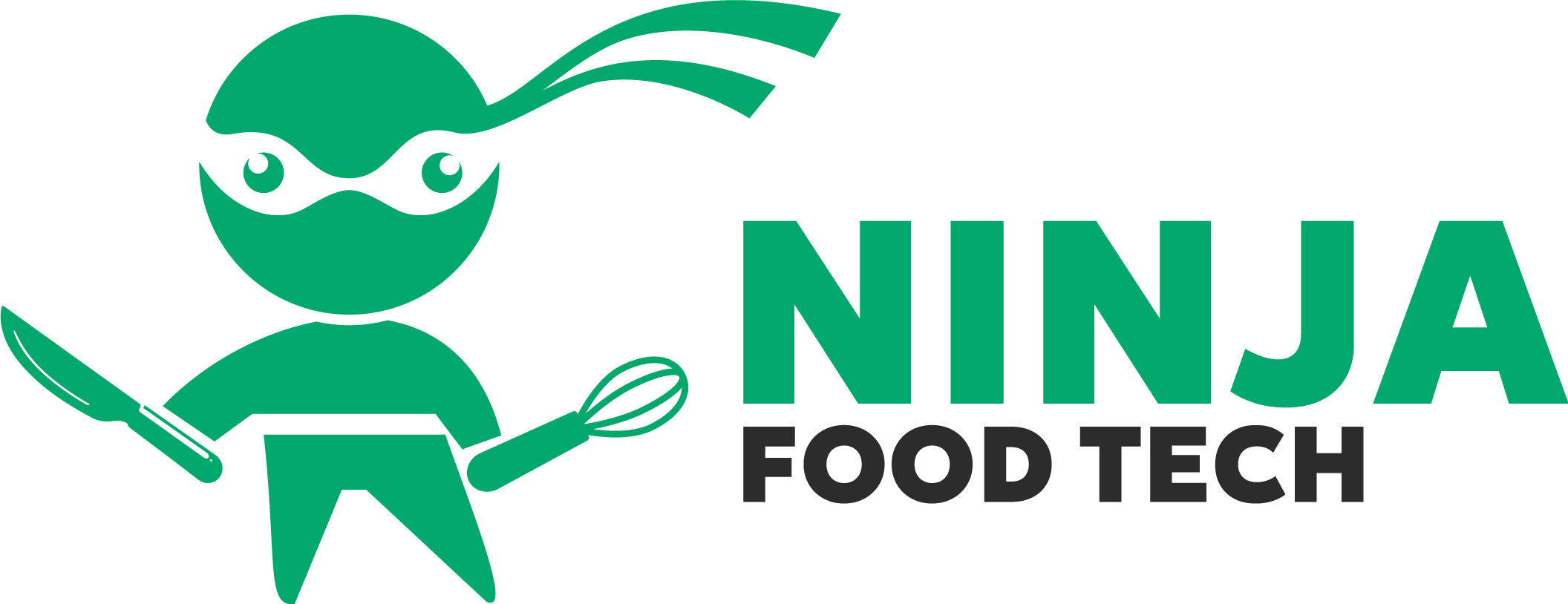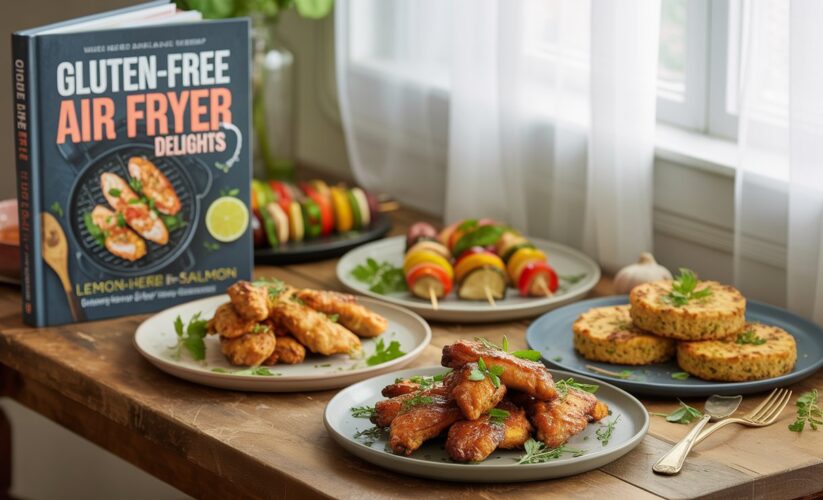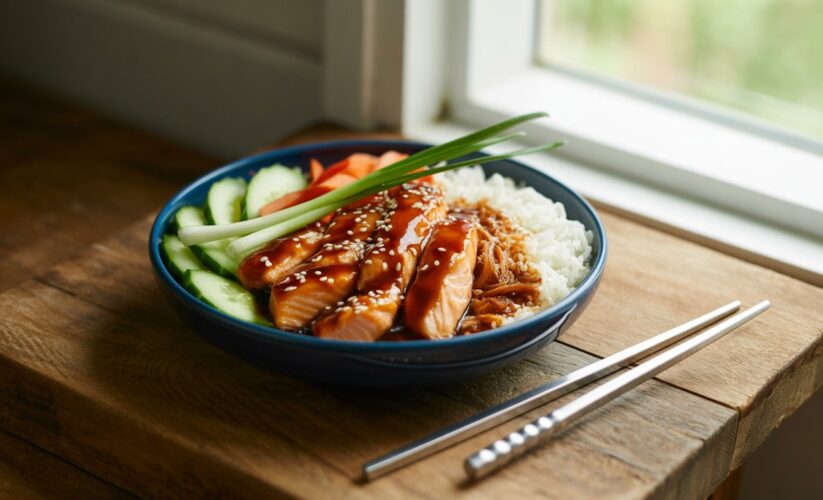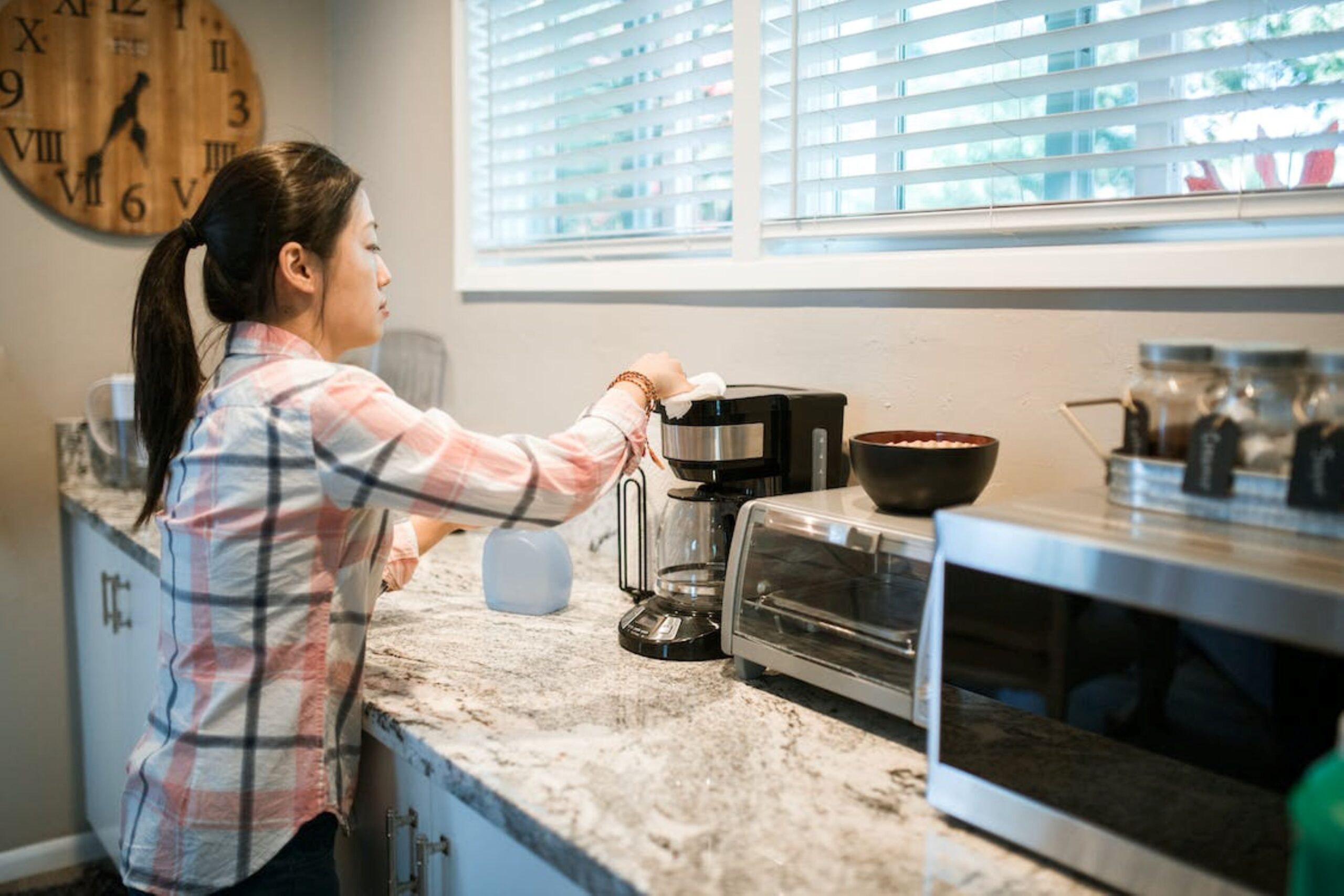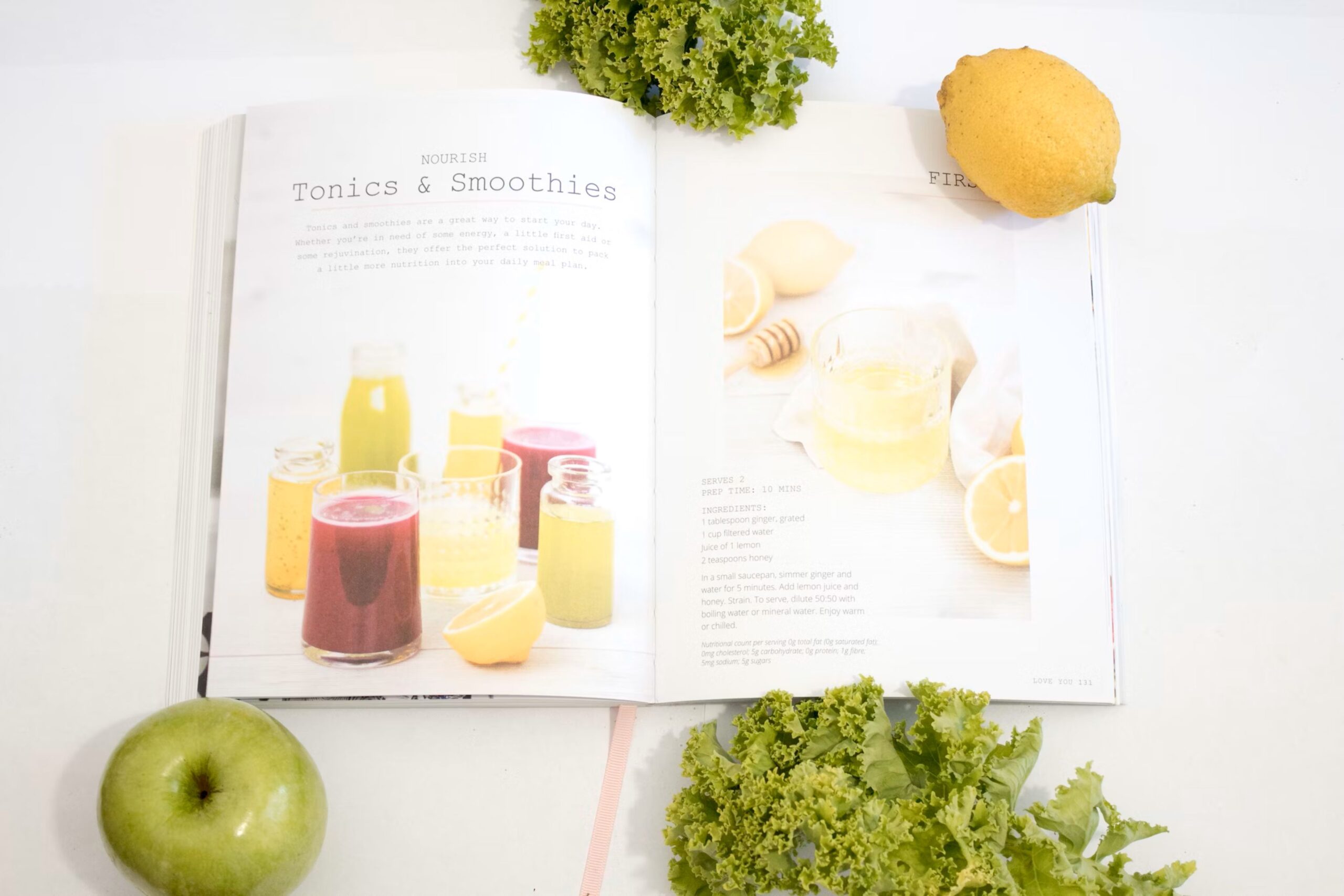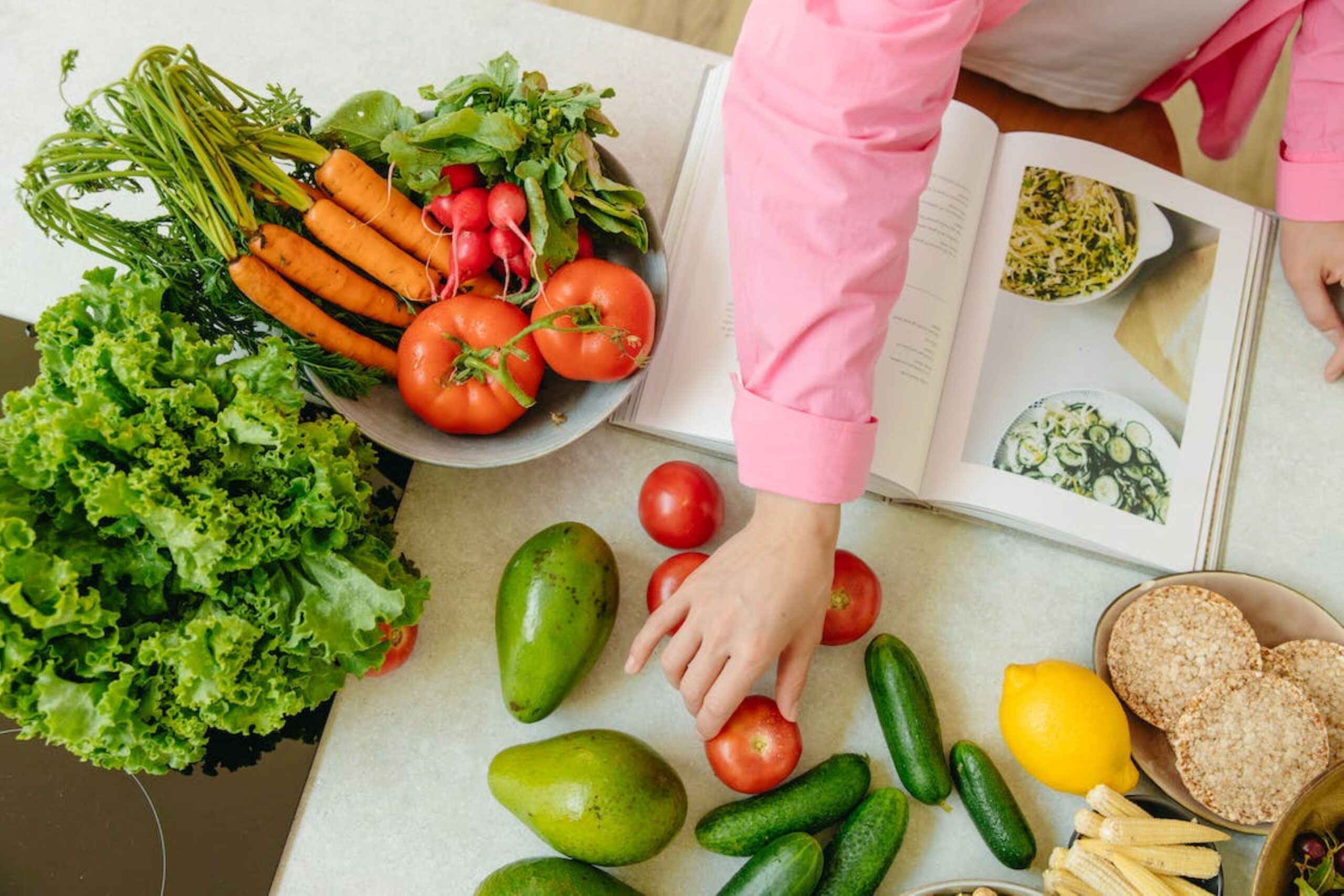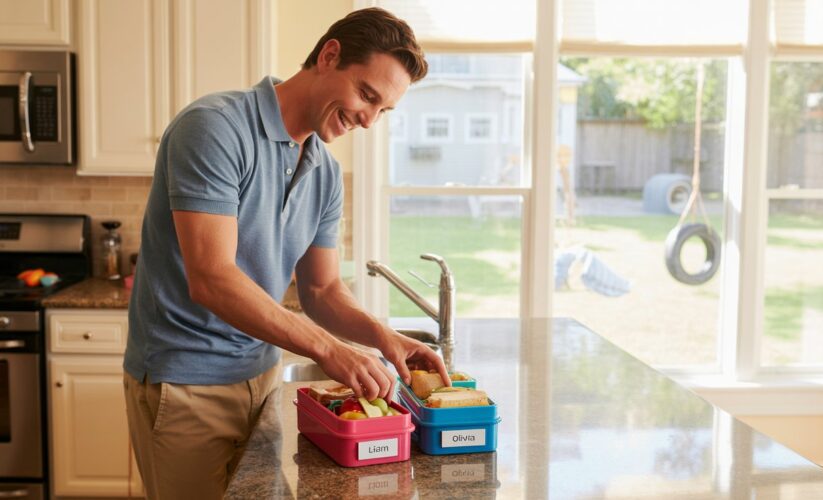
Ninja Foodi Back-to-School Meal Prep: Master Family Nutrition
The alarm clock screamed at 6:30 AM, and I found myself staring into an empty fridge, my stomach sinking faster than my energy levels. My youngest had soccer practice after school, my teenager needed to stay late for drama club, and I had back-to-back meetings until 5 PM. Sound familiar? That chaotic Tuesday morning three years ago became the catalyst for completely transforming how our family approached back-to-school meal prep – and it all started with one game-changing appliance sitting on my counter.
What began as a desperate attempt to avoid another drive-through dinner turned into a journey that revolutionized not just our eating habits, but our entire approach to the school year. The stress of wondering “what’s for dinner?” disappeared, replaced by the confidence that comes from having a freezer full of ready-to-go meals and a system that actually works for real families with real schedules.
“Meal prep isn’t about perfection; it’s about progress. Even preparing just three meals ahead of time can transform your week from chaotic to manageable.”
– Family Nutrition Specialist, Journal of Practical Meal Planning
Key Takeaways
- Time Investment Pays Off: Spending 2-3 hours on Sunday meal prepping saves 8-10 hours during busy weekdays
- Versatility is King: One appliance can handle breakfast, lunch, dinner, and snacks for the entire week
- Batch Cooking Basics: Focus on proteins, grains, and vegetables that reheat well and can be mixed and matched
- Student-Friendly Options: Create grab-and-go meals that don’t require reheating or special equipment
- Budget-Conscious Planning: Buying ingredients in bulk and cooking from scratch reduces food costs by 40-60%
Recommended Amazon Products
Ninja Foodi 8-Quart 9-in-1 Deluxe XL Pressure Cooker & Air Fryer
No products found.
| Pros | Cons |
|---|---|
| Multi-Functionality: 12 cooking functions replace multiple kitchen appliances. Large Capacity: 8-quart pot and 5-quart basket easily feed large families. Crispy Finish: TenderCrisp™ technology delivers juicy meals with a crisp exterior. | Bulky Design: Takes up significant counter or storage space. Heavier Unit: Weighs 26 lbs, not ideal for frequent moving. Plastic Components: Some users prefer stainless steel over plastic build. |
Perfect for larger families, this model combines pressure cooking, air frying, and slow cooking capabilities. The extra capacity means you can prep entire week’s worth of proteins in one batch.
Ninja Foodi Personal Blender with Auto-iQ
- MORE POWERFUL MOTOR: The Ninja Professional Plus Blender with Auto-iQ features a new modern design and a more powerful motor than Ninja’s original Professional Blender. (Versus BL621, based on operating wattage).
- POWERFUL CRUSHING: Ninja Total Crushing Blades give you perfectly crushed ice for your smoothies and frozen drinks with 1400 peak watts of professional power.
- 3 VERSATILE FUNCTIONS: 3 preset Auto-iQ programs allow you to create smoothies, frozen drinks, and nutrient extractions, all at the touch of a button. Extract a drink containing vitamins and nutrients from fruits and vegetables.
| Pros | Cons |
|---|---|
| High Power: 1400 peak watts easily crush ice and tough ingredients. Smart Programs: Auto-iQ® presets simplify blending with no guesswork. Family + On-the-Go Ready: Includes a large pitcher and two to-go cups. | Tall Design: May not fit under all kitchen cabinets. Loud Operation: Powerful motor generates significant noise. Plastic Build: Pitcher and cups are durable plastic, not glass. |
Ideal for creating smoothie packs and single-serve breakfast options. The personal-sized cups are perfect for students to grab and go, making morning routines smoother for everyone.
My Journey Into Pressure Cooker Meal Prep
Three years ago, I was that parent. You know the one – frantically texting other moms asking what they were packing for lunch, standing in the grocery store at 7 PM wondering how to turn random ingredients into something resembling dinner, and feeling like I was constantly one step behind the school year chaos.
The breaking point came during the second week of September. After spending $80 on takeout in three days and watching my teenager eat nothing but granola bars for lunch, I knew something had to change. That’s when I rediscovered the Ninja Foodi that had been gathering dust in my pantry – a wedding gift I’d used maybe five times in two years.
What started as a desperate attempt to make Sunday meal prep less overwhelming became a complete transformation of how our family approaches food. The pressure cooking function meant I could have tender, flavorful proteins ready in 30 minutes instead of hours. The air frying capability turned leftover rice into crispy, restaurant-quality sides. And the slow cooking option meant I could start something in the morning and come home to the aroma of dinner already done.
But here’s what surprised me most: meal prep stopped feeling like a chore and started feeling like self-care. There’s something deeply satisfying about opening your freezer on a hectic Wednesday and seeing rows of carefully labeled containers, knowing that dinner is just a reheat away.
The Three Game-Changing Meal Prep Strategies
Strategy 1: The Protein Foundation Method
The first breakthrough came when I stopped trying to prep complete meals and started focusing on versatile protein bases. Every Sunday, I dedicate one Ninja Foodi cycle to cooking large batches of seasoned chicken, ground turkey, or beef that can be transformed throughout the week.
Here’s my go-to chicken base recipe: seasoned chicken thighs pressure cooked for 15 minutes with just broth and basic seasonings. The result? Tender, shreddable protein that becomes chicken salad on Monday, taco filling on Tuesday, soup addition on Wednesday, and sandwich meat on Thursday.
The emotional relief of opening the fridge and seeing that container of ready-to-use protein cannot be overstated. No more staring into the refrigerator at 5 PM wondering how frozen chicken will magically become dinner. The decision fatigue that used to plague my evenings disappeared when I had this foundation to build from.
Initially, I struggled with the timing – overcooking proteins or not seasoning them enough to be interesting throughout the week. The solution was keeping a meal prep journal, noting what worked and what didn’t. After about a month, I had perfected my timing and seasoning combinations.
This strategy alone cut my weeknight cooking time from an hour to about 20 minutes, and the stress reduction was immediate. My family started eating more varied, nutritious meals because the hardest part – the protein – was already handled.
Strategy 2: The Batch and Freeze Approach
The second transformation came when I embraced freezer meal prep with the Ninja Foodi’s pressure cooking capabilities. Instead of making just enough for the week, I started doubling recipes and freezing half for later.
Soups, stews, and casseroles became my freezer staples. The Ninja Foodi’s ability to sauté aromatics, pressure cook ingredients, and then air fry toppings all in one pot meant I could create complex, layered flavors without dirtying multiple dishes. My weekly chili recipe – starting with sautéed onions and peppers, adding beans and tomatoes for pressure cooking, then topping with air-fried cornbread bites – became a family favorite that I could make in bulk.
The emotional impact was profound. Instead of feeling behind every week, I started feeling ahead. There’s incredible peace of mind knowing that even if Sunday meal prep doesn’t happen, there are backup meals in the freezer ready to save the day.
The challenge here was learning proper freezing techniques and remembering to thaw things in time. I started keeping a freezer inventory list on the refrigerator and setting phone reminders to move things to the fridge for thawing. The investment in good freezer containers and labels paid for itself within a month.
This approach transformed not just my meal planning but my grocery shopping. I could buy ingredients in bulk when they were on sale, knowing I had the capacity to process and store them efficiently.
Strategy 3: The Breakfast Revolution
The third game-changer was realizing the Ninja Foodi could completely revolutionize our morning routine. Breakfast had always been our family’s weakness – either expensive pre-packaged options or the same boring cereal every day.
I started using the pressure cooker function to make large batches of steel-cut oats on Sunday, then portioning them into individual containers with different toppings. The air fryer function became perfect for batch-cooking breakfast proteins like turkey sausage or making crispy potato hash to pair with scrambled eggs.
But the real breakthrough was breakfast burritos. I could scramble eggs, air fry potatoes and vegetables, and warm tortillas all in one appliance, then wrap and freeze dozens of burritos at once. My teenagers could grab one from the freezer, microwave it for 90 seconds, and have a hot, nutritious breakfast on their way out the door.
The morning chaos in our house virtually disappeared. No more arguments about what to eat, no more expensive coffee shop stops, no more hungry kids grabbing pop-tarts on their way out. The sense of accomplishment from watching my family start their day properly nourished was incredible.
Initially, I worried about food safety and proper reheating techniques for frozen breakfast items. I invested time in researching safe freezing and reheating practices, which gave me confidence in the system.
Overcoming Common Back-to-School Meal Prep Challenges
The Time Crunch Reality
Let’s address the elephant in the room: finding time for meal prep when you’re already overwhelmed with back-to-school schedules, activities, and responsibilities. The solution isn’t finding more time – it’s using time more efficiently.
I learned to prep in phases rather than trying to do everything in one marathon Sunday session. Twenty minutes on Friday evening to plan and grocery shop online. Thirty minutes Saturday morning to prep vegetables and mix seasonings. Two hours Sunday afternoon for the actual cooking and packaging. This approach felt more manageable and didn’t monopolize an entire weekend day.
The key insight was that meal prep time is an investment, not an expense. Those three hours on the weekend save at least eight hours during the week – time previously spent on daily meal planning, grocery runs, and cooking from scratch every night.
Picky Eaters and Food Preferences
Every family has that one person who turns their nose up at anything new or different. My solution was building choice into the meal prep system. Instead of making complete meals, I focused on components that could be mixed and matched according to individual preferences.
The Ninja Foodi’s versatility meant I could prepare plain proteins, seasoned proteins, and sauced proteins all in the same session. Rice could be made plain for picky eaters and seasoned for adventurous ones. Vegetables could be steamed for some family members and air-fried with seasonings for others.
This approach reduced food waste dramatically and eliminated the nightly negotiations about what everyone was willing to eat.
Storage and Organization Logistics
Finding enough refrigerator and freezer space for meal prep containers initially felt impossible. The solution was investing in stackable, uniform containers and getting ruthless about cleaning out expired items before prep day.
I also learned to prep ingredients that took up less storage space – cooked and shredded proteins instead of whole pieces, chopped vegetables instead of whole ones, and concentrated soups that could be diluted when reheated.
Labeling became crucial. Not just what the food was, but when it was made and how to reheat it. This prevented the mystery containers that nobody wanted to eat and ensured food safety.
Creating Lunch Solutions That Actually Work
School lunches present unique challenges – food safety concerns, limited reheating options, and the need for meals that taste good at room temperature. The Ninja Foodi became instrumental in creating solutions that worked in real school environments.
Grain bowls became our go-to lunch solution. I’d pressure cook quinoa, rice, or farro in large batches, then portion them into containers with different protein and vegetable combinations. These meals were nutritious, filling, and tasty whether eaten cold or reheated.
The air fryer function was perfect for creating crispy chickpeas, roasted vegetables, and other components that added texture and interest to cold lunches. These elements stayed crispy even when packed with other ingredients, solving the soggy lunch problem.
I also discovered that many pressure-cooked soups and stews were delicious at room temperature, opening up a whole new category of packable lunches. Lentil-based soups, in particular, were hearty enough to be satisfying without heating.
The Ripple Effect on Family Life
What started as a practical solution to meal planning chaos became something much more significant. The predictability of having meals planned and mostly prepared reduced stress for everyone in the family. Teenagers could pack their own lunches without asking what was available. After-school snacks were waiting in portioned containers. Dinner happened on time without the daily scramble.
But perhaps most importantly, we started eating together more often. When dinner prep was reduced to reheating and adding fresh elements, there was time to set the table properly, light candles, and actually talk about our days. The 20 minutes I’d previously spent frantically cooking became 20 minutes of family conversation.
The budget impact was substantial too. Our grocery bills decreased by about 40% as we reduced food waste and stopped relying on convenience foods and restaurant meals. The money saved went toward other family activities and goals.
My relationship with cooking transformed as well. Meal prep became a meditative practice rather than a daily stress. The satisfaction of creating something that would nourish my family all week replaced the frustration of nightly cooking pressure.
Practical Advice for Getting Started
If you’re feeling overwhelmed by the idea of implementing a comprehensive meal prep system, start small. Choose one meal – breakfast, lunch, or dinner – and focus on prepping just that for one week. Master that routine before adding complexity.
Begin with simple recipes that you’re confident about rather than trying new, complicated dishes during meal prep sessions. The goal is building sustainable habits, not impressing anyone with culinary creativity.
Invest in proper storage containers before you start. Having the right tools makes the process smoother and the results more professional. Glass containers are ideal for reheating, while plastic containers are lighter for lunch boxes.
Keep a meal prep journal for the first month. Note what worked, what didn’t, timing issues, and family feedback. This information becomes invaluable for refining your system.
Don’t aim for perfection immediately. Even preparing three meals ahead of time will make a noticeable difference in your week. Build momentum with small successes rather than overwhelming yourself with ambitious goals.
The Seasonal Approach to School Year Meal Prep
Different times of the school year call for different meal prep strategies. September requires comfort foods that ease the transition from summer freedom to structured schedules. October and November need heartier meals to fuel busy activity seasons and prepare for colder weather.
January brings renewed energy for healthier eating after holiday indulgences, while February and March require meals that combat late-winter fatigue. April and May need lighter options as weather warms and schedules become hectic with end-of-year activities.
Adapting your meal prep to these seasonal rhythms makes the food more appealing and the routine more sustainable. The Ninja Foodi’s versatility supports this approach – from hearty stews in fall to fresh grain bowls in spring.
Building Your Support Network
Meal prep doesn’t have to be a solo endeavor. Consider partnering with other families for ingredient buying power or recipe sharing. Some of my best meal prep discoveries came from conversations with other parents facing similar challenges.
Social media groups focused on pressure cooker recipes and meal prep strategies provide endless inspiration and troubleshooting support. Don’t underestimate the motivation that comes from sharing your successes and challenges with others on similar journeys.
Involve family members in age-appropriate ways. Teenagers can help with portioning and labeling. Younger children can wash vegetables or help plan menus. This involvement builds buy-in and reduces the workload on one person.
Looking Forward: Making It Sustainable
The key to long-term meal prep success is flexibility. Some weeks will be too busy for comprehensive prep. Some recipes will fail spectacularly. Some family members will reject previously loved meals. Building resilience into your system means having backup plans and maintaining perspective.
Remember that meal prep is a tool to support your family’s goals, not an additional source of stress. If the system isn’t working, modify it rather than abandoning it entirely. The goal is progress, not perfection.
As your family grows and changes, your meal prep needs will evolve too. Stay open to adjusting your approach based on new schedules, changing preferences, and different life circumstances.
Your Journey Starts Here
The transformation from chaotic meal planning to organized, efficient food preparation is entirely achievable. It doesn’t require special skills, expensive equipment beyond what you may already have, or unlimited time. It requires commitment to the process and patience with yourself as you develop new habits.
Start where you are, with what you have, for the family you’re feeding right now. Your future self – and your family – will thank you for taking this step toward calmer, more nourishing meals throughout the school year.
The journey to stress-free school year eating isn’t about becoming a different person. It’s about using practical tools and strategies to support the parent you already are. Your Ninja Foodi is waiting to become your partner in this transformation. The only question is: what will you prep first?
Frequently Asked Questions
Q: How long do meal prepped foods stay fresh in the refrigerator?
A: Most meal prepped foods stay fresh for 3-4 days in the refrigerator when stored properly in airtight containers. Cooked proteins and grains typically last up to 4 days, while cut vegetables may only last 2-3 days. For longer storage, freeze portions immediately after cooking and cooling.
Q: Can I meal prep if I don’t have a lot of freezer space?
A: Absolutely! Focus on refrigerator meal prep with a 3-4 day rotation. Prep proteins and grains that can be used in multiple ways throughout the week, and supplement with fresh vegetables and ingredients. You can also coordinate with neighbors or family members to share freezer space.
Q: What if my family gets tired of eating the same foods repeatedly?
A: The key is preparing components rather than complete meals. Cook plain proteins and grains, then vary the seasonings, sauces, and accompaniments throughout the week. Keep a rotation of 3-4 base recipes and change up the flavoring profiles to create variety.
Q: How do I ensure food safety when batch cooking and storing meals?
A: Cool foods quickly after cooking, store in shallow containers, and refrigerate within 2 hours. Label everything with dates, and follow the “first in, first out” principle. When reheating, ensure foods reach 165°F internal temperature. Never leave perishable foods at room temperature for more than 2 hours.
Q: Is meal prep cost-effective compared to other meal solutions?
A: Yes, meal prep typically reduces food costs by 40-60% compared to restaurant meals and pre-packaged convenience foods. The initial investment in containers and bulk ingredients pays for itself within a few weeks. Additionally, reduced food waste and strategic grocery shopping based on planned meals further decrease costs.
Last update on 2025-12-01 / Affiliate links / Images from Amazon Product Advertising API
*We may earn a commission for purchases made using our links. Please see our disclosure to learn more.
